Along with riding the city’s Circle Train, catching the sunrise at Shwedagon Pagoda was one of the activities I was most looking forward to during my two-day stay in Yangon.
Although I’m a sucker for sunsets, there’s something magical about that time of the morning when the world stirs from its sleep and everything begins to come back to life.
And like the golden hour just before dusk, the light at sunrise can be utterly beautiful from a photographic point of view.
With an 8000 KYAT entrance fee (which is actually under £5 but considering we could feed ourselves five times at 999 Shan Noodle for the same price, visiting just once did make a significant dent in our travel budget) we couldn’t afford to have more than one sunrise experience at Shwedagon Pagoda. But I consoled myself with the assumption that even if it was cloudy, we could appreciate the pagoda in all its glory with barely any tourists around.
What I hadn’t factored into the equation was the fact that Shwedagon Pagoda is a place of worship. People don’t just visit this place as tourists; they come to say prayers and make offerings to Buddha, as locals.
A little bit about Shwedagon Pagoda
Shwedagon Pagoda is a 100-metre tall gilded stupa that is recognised as the largest and most sacred pagoda in Myanmar, and is believed to contain relics of the four previous Buddhas of the present kalpa. It’s located north of downtown Yangon on Singuttara Hill, and dominates the city’s skyline.
If you believe the legend (historians and architects maintain that the pagoda was constructed by the Mon people between the 6th and the 10th centuries), Shwedagon Pagoda is over 2600 years old, making it the oldest Buddhist stupa in the world.
Regardless of how old it is though, it’s an impressive marvel of Burmese architecture that glistens with 21,841 solid gold bars, 5,448 diamonds and 2,317 rubies. The very top — the diamond bud — is tipped with a 76 carat (15 g) diamond.
Over the years people have donated gold to maintain the pagoda; Queen Shin Sawbu most famously donated her weight in gold.
Shwedagon Pagoda has also impressively withstood several natural disasters and pillages over the years. The current structure has existed in its entirety since 1769.
Getting to Shwedagon Pagoda
Unless you’re staying north of central Yangon, you’ll want to get a taxi to Shwedagon Pagoda. If you’re anything like me and you’re useless at going to bed early because there’s always too much to see and do the night before, getting a taxi also allows you to maximise your (all to brief) time in bed.
The very kind lady at our hostel arranged for a taxi to collect us at 5am. When we tiptoed downstairs in the early hours of the morning we discovered that this involved making sure that one of her staff (who sleeps the night on a mattress on the lobby floor) wakes up at 4:55am in order to call the driver to request an immediate pick-up. Immediate it was though and we were on our way at a couple of minutes past five.
The fare should cost approximately 2000 KYAT (correct at time of writing) if you’re travelling from downtown Yangon. Ask the driver to drop you at the southern covered entrance; we first tried to enter through a different one where a few ladies had set up a counter from where they could charge you to leave your shoes when you enter.
Make sure you wear a skirt or trousers that cover you knees, and either a top that covers your shoulders or a scarf to drape over your shoulders whilst you’re inside the complex.
The pagoda opens at 5:30am.
Entering Shwedagon Pagoda
It was still dark when we emerged from the covered entrance into the marble-floored temple grounds. Hundreds of lights illuminated the pagoda and the buddha images and statues contained within it. The only sounds around were those of birdsong and of monks chanting.
We also saw saffron-robed monks walking around the temple grounds, one of whom came over to introduce himself to us. He asked about our trip and about how long we were spending in Yangon, and proceeded to invite us over to the monastery where he taught classes of young children.
My curiosity was piqued, but as Stu felt a little uncomfortable with the idea and we had a busy itinerary of sightseeing planned on our first full day in the city, we politely declined his kind offer. We’ve since been invited to do the same thing by several different monks in Myanmar, and I wonder whether it is as a result of their genuine enthusiasm for what they do and for welcoming tourists into their culture, or whether their motive is money-driven.
I can be a bit of a cynic at times but on this occasion I desperately want to believe that the monks’ intentions were nothing but good.
Sunrise at Shwedagon Pagoda
Much as our wander around the grounds of Shwedagon Pagoda had been serene and relaxing for the initial half hour, the lighter it got the more people arrived and more I started to panic that I was running out of time in which to find that perfect sunrise photo spot.
Stu on the other hand was dutifully following me around the grounds like a lost sheep, repeatedly mentioning the words “breakfast” and “hungry” as he did so.
Although he would have been quite happy to head back to the hostel after the sun had risen (his stomach was overruling his interest in exploring the pagoda for very much longer), we ended up staying at Shwedagon Pagoda for around two and a half hours in total.
We’d travelled a long way to see this; I wasn’t going to leave until I’d had a proper look around. And the beauty of visiting at this time of day is that the light constantly changes noticeably quickly, so no one part of the pagoda continues to look the same for very long.
Just around every corner I was determined to find a new a new angle or detail to photograph. And because I’m no expert I played around with different light settings on every single shot I took.
I noticed that there were several different shrines scattered around the base of the stupa, each marked with the name of one of the seven different days of the week. I later discovered that there are actually a total of eight shrines (as there are at many Buddhist temples), corresponding to the number of days of the week in the Buddhist calendar.
There’s Monday, Tuesday, Wednesday morning, Wednesday evening (after 6pm), Thursday, Friday, Saturday, and Sunday. Each day is represented by a different Buddha image, and holds its own meaning. In Buddhist culture it’s important to know which day of the week you were born on, so that you can make your offerings to the respective Buddha statue.
I think it’s fascinating to learn about other cultures and to witness customs and traditions being practised and preserved. And if you visit Shwedagon Pagoda at sunrise, you’ll feel like you’re at a place of worship rather than a tourist attraction; Burmese people by far outnumbered foreign tourists.
Did it live up to expectations?
Absolutely, yes. And whilst I do feel that my desperation to capture my sights on camera (and my concern that Stu’s hunger was making him irritable) did take away a little from my enjoyment of simply soaking up the experience, I love that I have those photos to look back on now.
We were enjoying breakfast back at our hostel by around 8am, eating scrambled eggs on toast and drinking bottomless cups of coffee whilst trying to get our heads around the fact that we’d just seen Yangon’s greatest sight before the day had even properly begun.
Have you visited Yangon before? Tell me about your favourite experience there!
If you like this article, please share it on social media using the share buttons at the top of the post. Alternatively you can follow along on Facebook, Twitter, or Google+ or you can look me up on Instagram or Pinterest too!



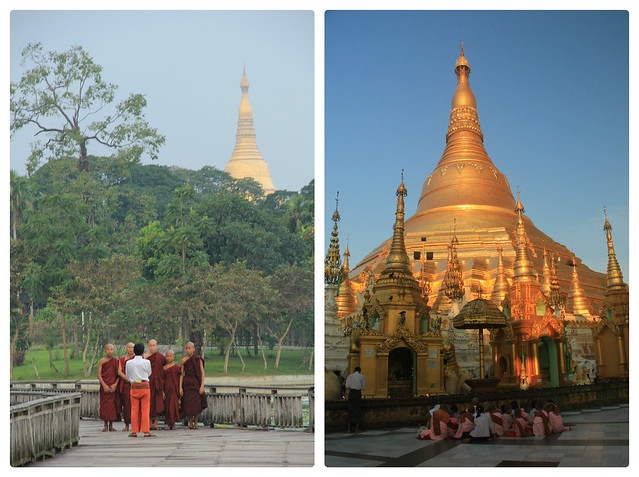
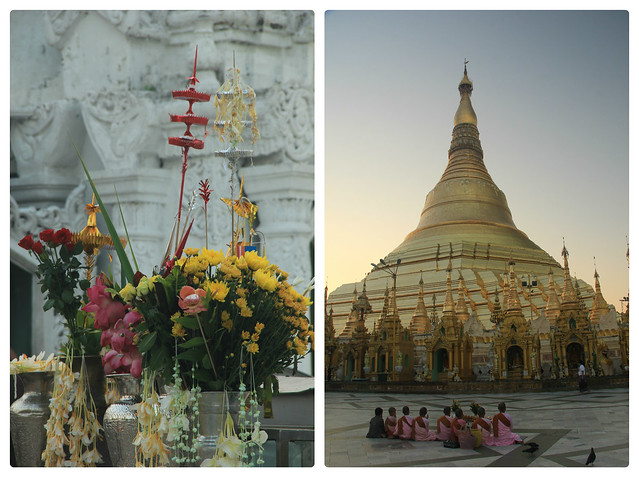
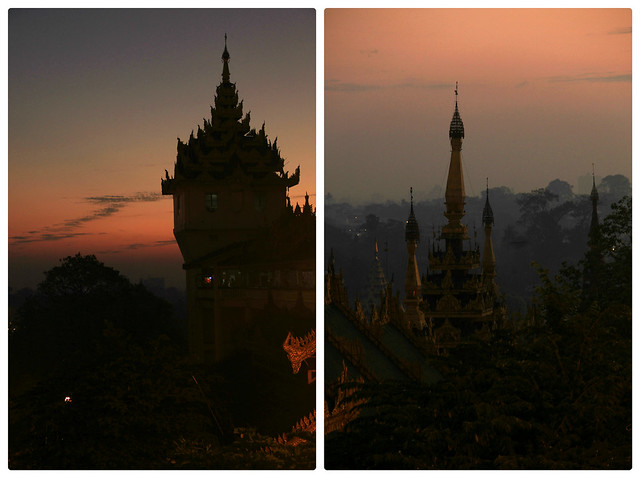
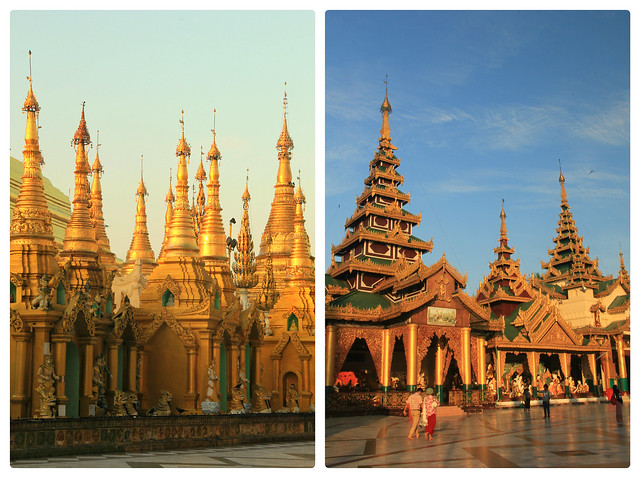
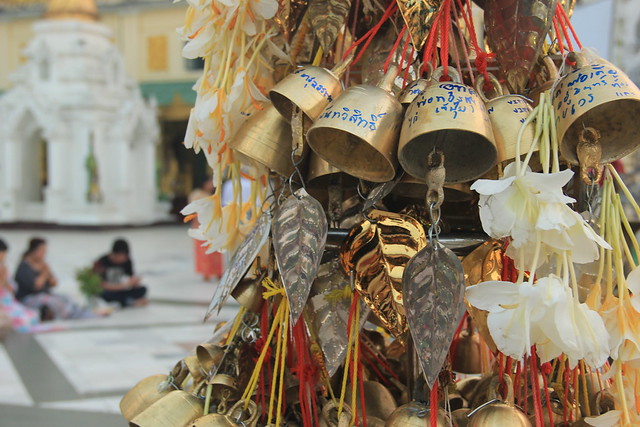
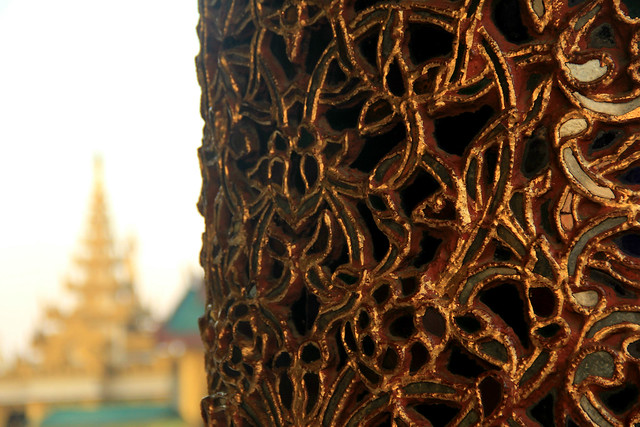
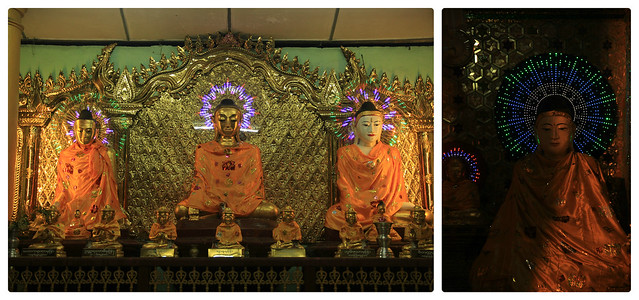
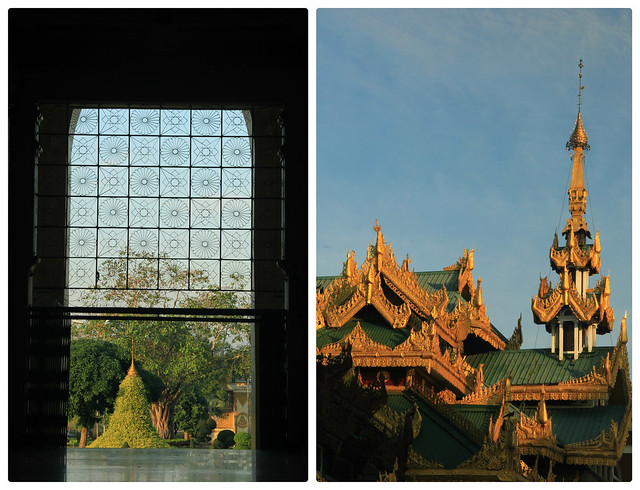


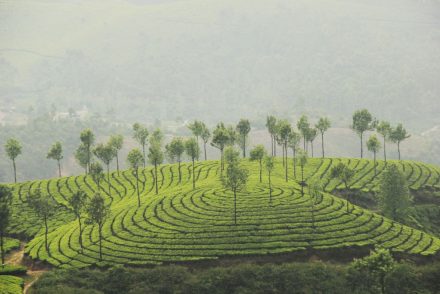


6 Comments
Thank you SO much for this guide – I’m planning a trip to Myanmar and after reading your post, the Shwedagon Pagoda is definitely on my must-see list. And it sounds great to visit at sunrise when there are less tourists too. Love your photos!
So excited to follow your Myanmar coverage on Instagram (wifi there is actually a lot better than I’d heard!), it’s such a beautiful country, you’ll love it!
I’m publishing my highlights of Yangon tomorrow if you’re interested in reading that too 🙂
Very interesting and informative post! Myanmar is definitely a country that I find very intriguing and this post has only made more interested in visiting this country. Maybe one day I’ll be able to make it happen. Thanks for sharing! Also, gorgeous photos! 🙂
Thanks Ella! Yes I’m so glad I finally got to visit Myanmar, it’s one of those countries that’s always fascinated me ever since my first visit to Southeast Asia in 2002 🙂
Fantastic article, we’re about to visit the Pagoda in the next few days and this has been a big help! Sunrise is currently 5.30am over there, so I think we might try sunset though… gives us that extra few hours in bed!
We look forward to writing about our visit and comparing notes 😊 We cannot wait to visit Myanmar!
Yes, I must admit it’s always a real struggle getting up for sunrises because I’m a bit of a night owl. But I’ve always found it to be worth it in the end. I hope sunset at the Shwedagon Pagoda is just as good as sunrise was 🙂